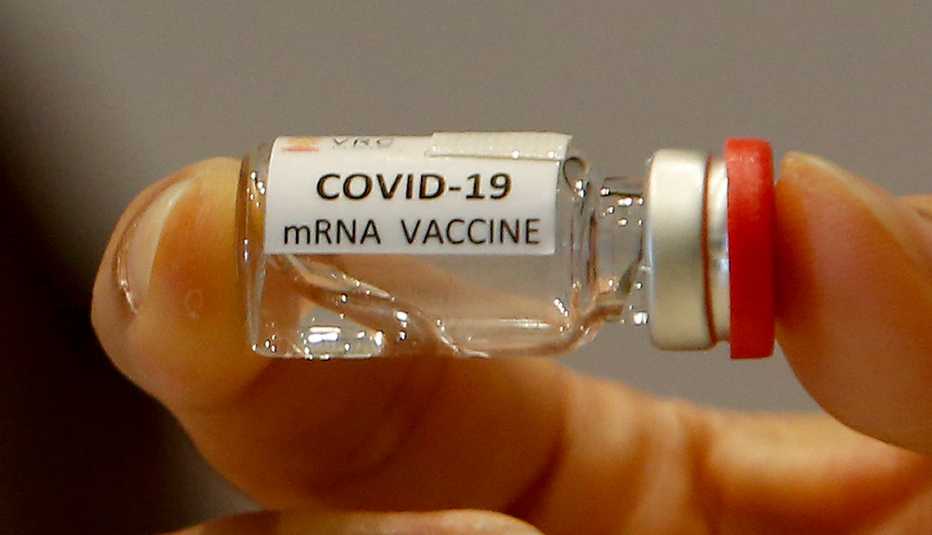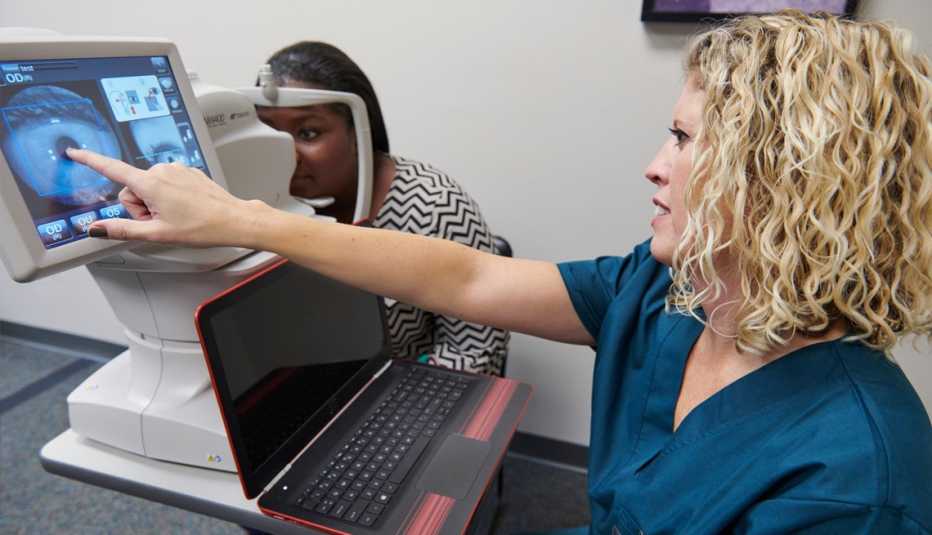I had the pleasure of speaking with two of the chief scientists behind the Pfizer/BioNTech mRNA vaccine. Soon after the Chinese released the virus’s genetic code in January, Uğur Şahin, M.D., and Özlem Türeci, M.D., got cracking thousands of miles away in their German laboratory. They’d been studying mRNA technology for cancer, but could pivot to tackle this new challenge. Previously, no new vaccine had been developed in less than four years. The race was on.
Şahin and Türeci are a married couple with Turkish roots who founded BioNTech in Germany in 2008. As doctors who specialize in cancer treatments, they described for me “the sense of urgency that cancer brings to people’s lives.” And when Şahin read an article in The Lancet in January 2020 about the quickly spreading coronavirus in China, his gut told him that a full-blown pandemic was upon us. Vacations were canceled and Project Lightspeed was born.
Already, mRNA technology has been tested to treat sickle cell disease, and is also being studied for use against infectious agents such as Ebola and influenza. Şahin and Türeci expect the technology to revolutionize many areas of medicine, including cancer treatments.
Speed and versatility are important when it comes to chasing COVID with vaccines in the years ahead. Changes in the spike proteins drive the variant strains, but our vaccines can still meet the challenge. As more mutations accumulate, tweaks to the vaccines will probably be necessary. But we can be well prepared for COVID’s iterations with enough disease surveillance and routine sequencing to keep track of the virus’s evolving characteristics. In the meantime, preventing viral transmission through vaccination is essential to contain the virus and foil its natural tendency to refashion itself.
It may feel disheartening to know that we may have to live with COVID — a newly emerging plague — in our environment for the rest of our lives. But that may be the least of our worries going forward. Many pathogens, some much deadlier than COVID, lie in wait for a close encounter with our kind. Case in point: A few years ago, scientists in France awakened a gigantic, ancient virus from its 30,000-year-long slumber in Siberian permafrost that’s ready to infect again. Now this virus, dubbed Pithovirus sibericum, only infects single-celled amoebas (whew!). But the discovery has scientists wondering what other microbes are hidden in melting permafrost awaiting another chance to infect. If a 30,000-year-old virus can maintain its infectious abilities, other microbes are capable of revisiting humanity in catastrophic fashion. Which is to say: There may be no such thing as total eradication of a virus. Devastating diseases like smallpox could come back to haunt us if we’re not careful.
The good news is that we have modern science — and the lessons we’ve learned — on our side.
© 2021 by Sanjay Gupta. From the book World War C: Lessons from the Covid-19 Pandemic and How to Prepare for the Next One by Sanjay Gupta, M.D. Published by Simon & Schuster Inc. Printed by permission.




































































